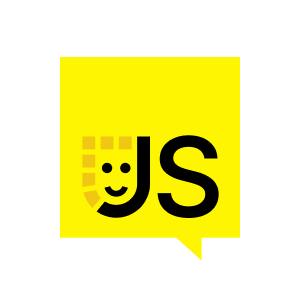So, they told me I have seven minutes, so no code, just slides, just code, no slides, and what I want to talk a bit through in this short lightning talk is how we can speed up MonrayBus, all right?
So, what I have here is a pmpm workspace, and so it uses pmpm as the package manager system. It's the same thing almost like for npm or YARN workspaces, so there's no big difference there. So, what you can see here in this file, we specify where our packages live, which is here in this packages folder, where each of the packages basically has its own node modules, they have their own kind of package JSON definitions, entry files, also their own scripts, and most importantly down here, they might even have dependencies between them, right?
So, in a MonrayBus scenario, and this is a special case where it is very often used in open source libraries where you want to publish multiple packages and they might have some Like, if you look at React, GitHub repo, VEET, Vue, Angular, a lot of them use these types of approaches. So, how does this work? Now, in PMPM specifically, there's this prefix, and so that means you should resolve the package locally within the Monray but not go out for some MMPM registry, and in your MMPM workspace you don't need that, but that star there will be the same, and so that simply means I always want to depend on the latest version because it is locally in my workspace, right? Don't do this for production apps. This is just within the Monray repo.
So where does this package live? That's where this comes into place again because it can figure out, can it even live in this examples folder or in a packages folder? In this case, this UI library here. And again, this is a package with some build scripts, test scripts, and potentially authors as well, and then we have at the top here some example applications. Now, if you develop this as your application Monray repo, this might be the actual production apps. In open source package-based Monray repos, this is most often example pages where you test out your product or your packages, or it might even be deployed alongside your documentation for some live demos. So how do you run things in such a Monray repo? Well, you could obviously cd into the packages and just trigger these scripts, right? That would totally work. It's not really handy, though.
And so, for instance, PMPM has a concept such as filters. And so, for instance, I can filter me all the packages in this packages folder, and run me that script here, which is that build script. So it recursively traverses these packages. Now, in this case, it is a simple setup. So we just have two of them and it would build those. Now, I can also go and just build the single one. For instance, I have here that remix up there, and I target the dev script. So that would then launch my remix application, and it can serve it then at local 3,000. And I can kind of browse my remix application here, right? So I have, it just renders the components that are in here. Yeah. It's super right. All right. So, you might be wondering, like, what is wrong with this setup? And there's nothing really wrong here, right? Because it works, and especially in a smaller setup, it totally works fine and scales nicely. However, there are already some kind of things that we could optimize. For instance, these packages depend potentially on each other. So, for instance, the next, our remix app imported product list, which internally we have seen depends on the UI library. So what happens, for instance, if I delete this folder, because they consumed this folder, because in the package json we referenced these files, which is compiled output of our typescript files. Then if I serve, for instance, again the remix app, it would kind of break, because it cannot resolve those entry points anymore, and so it breaks, right? And so I would need to kind of run that filter again, rebuild it, and so then it would work. The things I need to keep in mind to order how I build them, I need to first build the UI, then the product list, and then the application.






















Comments